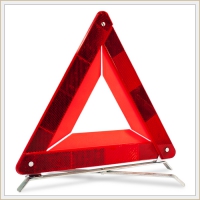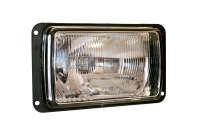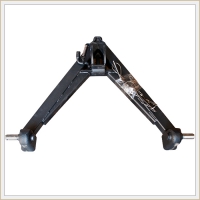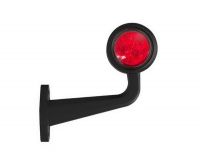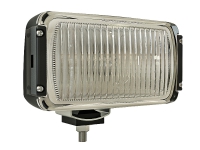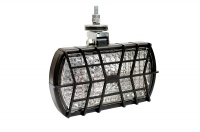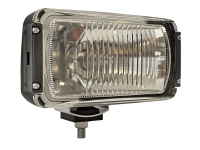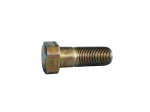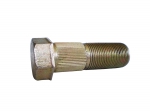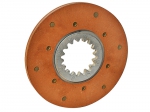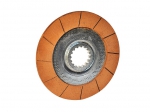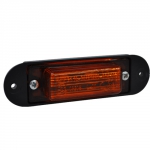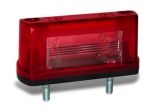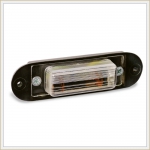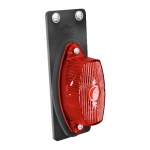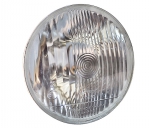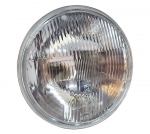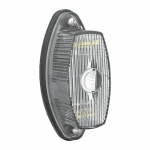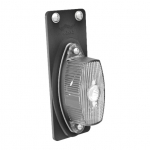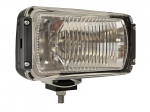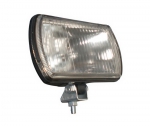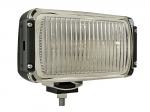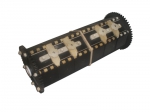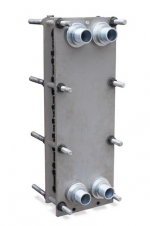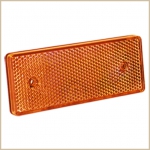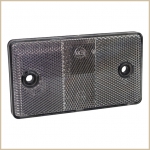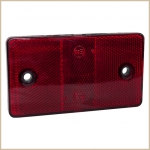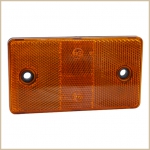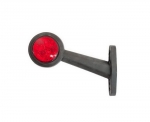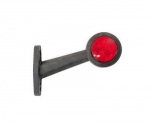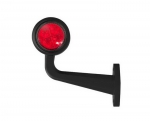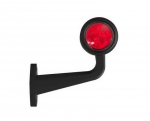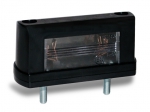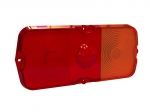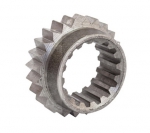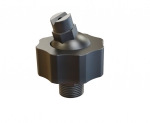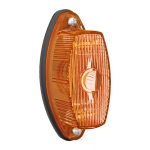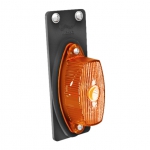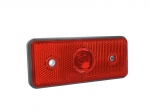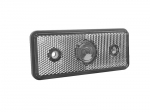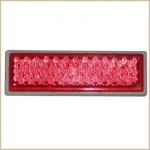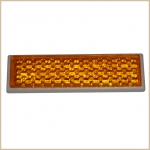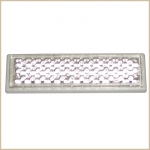Questions
Frequently asked questions:
1. What is the homologation?
2. How to interpret these symbols in the homologation?
3. What is the protection class IP?
4. What is the guide number?
5. What is the maximum allowed guide number?
6. What to do about lamps that combine to exceed maximum allowed intensity?
7. How do passing lights differ from daytime running lights?
8. How do driving lights differ from fog lights?
9. Where on the vehicle can I mount additional halogen lamps?
1. What does the homologation stand for?
Homologation is the Certificate of conformance of the product to the standard specifications acting in the country. This Certificate is issued by authorized authorities. The number of homologation assigned to any item comes from right side of the headlamp glass.
2. What do the homologation symbols stand for?
2.1- designation of the type of light to which the homologation is granted. Explanation of the abbreviations:
С - asymmetrical passing beam headlamp with conventional light bulbs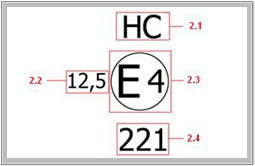 R - headlight high beam with ordinary light bulbs
R - headlight high beam with ordinary light bulbs
HC -Asymmetrical passing beam headlamp with halogen bulbs
HR - headlight high beam halogen bulbs with halogen bulbs
L - illumination of the rear registration plate
1, 1a, 1b, 2a, 2b, 3, 4, 5, 6, 6R, 6L, (D) -the direction indicator vehicles and their trailers
A, (D) - the front position lamp
R, (D) -the rear position lamp
S1, S2, S3, (D) - brake lights
(D) - indicates that homologation concerns a pair of headlights
В - the front fog lamp
F - the rear fog lamp for motor vehicles and their trailers
AR - reversing lights for motor vehicles and their trailers
RL – the daylight lamp for vehicles
IA, IIIA, IB, IIIB - reflectors: B - built-in lights; I - for motor vehicles; III - for trailer
The existing letter combinations: CR, C/R, HCR, HC/R, 1D, 1aD, 1bD, 2aD, 2bD, 3D, 4D, 5D, 6D, 6RD,
6LD, AD, RD, S1D, S2D, S3D.
2.2 - the guide number indicating the maximum brightness of the lights (see below vopr.4)..
2.3 - the sign of international homologation, consisting of the letter "E" and numbers denoting the country of issuance of the Certificate.
2.4 - the specific homologation number for the particular item.
3. What IP overload class for?
The degree of protection IP (International Protection) is provided by the housing degree of protection against penetration of foreign solids (first number) and the penetration of water and its harmful effects (second figure).
The hecking of the tightness of lights is held:
| leading digit |
The importance to protect the device from the penetration of foreign solids |
second digit |
The importance to protect the device from water and its harmful effects |
| 0 | unprotected | 0 | unprotected |
| 1 | caliber of 50 mm | 1 | dripping |
| 2 | caliber of 12,5 mm | 2 | dripping (angle of slope 15°) |
| 3 | caliber of 2,5 mm | 3 | pulverizable |
| 4 | caliber of 1,0 mm | 4 | spray |
| 5 | dust cover | 5 | flush |
| 6 | dustproof | 6 | strong flush |
| 7 | short-run diving | ||
| 8 | constant diving |
4. What is guide number?
In a driving light, the principal characteristic is maximum candlepower, or luminous intensity, which is responsible for the lamp's range. The maximum candlepower of a driving lamp is indicated by its guide number (multiply the guide number by three to get an approximate maximum luminous intensity in thousand candelas). In most headlamps, the guide number is found to the left of the homologation number.
5. What is the maximum allowed guide number?
Perhaps regrettably, drivers cannot use unlimited-power lamps. To begin with, manufacturers are not allowed to make lamps with a guide number greater than 50 (150000cd), and besides the maximum luminous intensity emitted simultaneously by all driving lamps in a vehicle must not exceed 225000cd (for a total guide number of 75). Nevertheless, lamps exceeding that total can be used on closed roads (such as in rallies), and off public roads.
6. What to do about lamps that combine to
exceed maximum allowed intensity?
While driving on public roads, additional headlamps that exceed maximum allowed luminous intensity should be covered (covers available in our range).
7. How do passing lights differ from daytime running lights?
A driver can use daytime running lights instead of passing lights from dawn to dusk in clear weather conditions. Daytime running lights do not provide sufficient illumination at night as passing lights do. Use of daytime running lights, which need less power, offers reduced fuel consumption and helps conserve battery power in the car.
8. How do driving lights differ from fog lights?
Fog lights can be used in fog when visibility falls below 50 m and when driving at night on winding roads. They are designed to prevent their light from being diffused by fog and producing glare. Fog lamps are intended to best illuminate the area immediately in the foreground of the car, especially the road edge and shoulder. Traffic regulations and the lamps' limited range ahead of the car make them useful only as a supplementary source of light. By contrast, driving lights can be used at night to illuminate the road ahead. They can be used only when they do not blind other drivers with glare. The light beam they emit is powerful enough for you to detect an obstacle even as far as 350 m away!!!
9. Where on the vehicle can
I mount additional halogen lamps?
9.1- Fog lights should be:
Mounted in the front of the vehicle, symmetrically along its lengthwise plane of symmetry, not lower than 250mm from the road surface and not higher than passing lights; in passenger cars (cat. M1), not higher than 800mm; each light must be positioned no more than 400mm from the side contour of the vehicle; the distances are measured to the edge of the light surface in the lamp;
Connected so that they could be used independently of passing lights and driving lights.
9.2- Additional driving lights:
They should be mounted in the front of the vehicle in such a way that they can only be used in conjunction with parking lights;
They should sufficiently illuminate the road at least 100m in front of the vehicle in clear weather conditions;
Moreover, they should be automatically switched off when the headlights are switched from driving lights to passing lights (dipped).
9.3- Daylight running lights should be:
Mounted in the front of the vehicle, symmetrically along its lengthwise plane of symmetry, not lower than 250mm from the road surface and not higher than 1500mm; each light must be positioned no more than 400mm from the side contour of the vehicle; spaced not less than 600mm (or not less than 400mm if the vehicle is under 1.3m wide);
Connected so that they could not be used without rear lights; they should also be switched off automatically when passing lights or driving lights are turned on.




